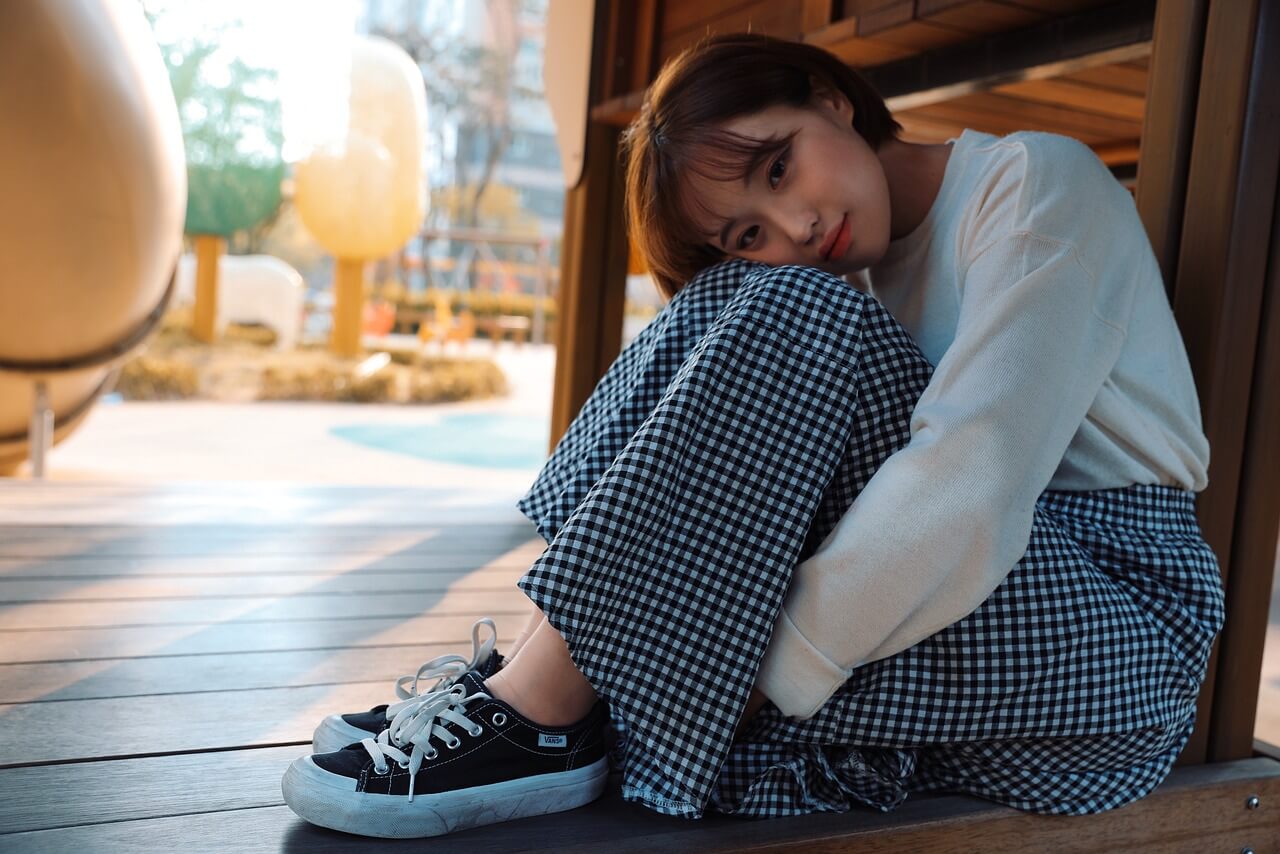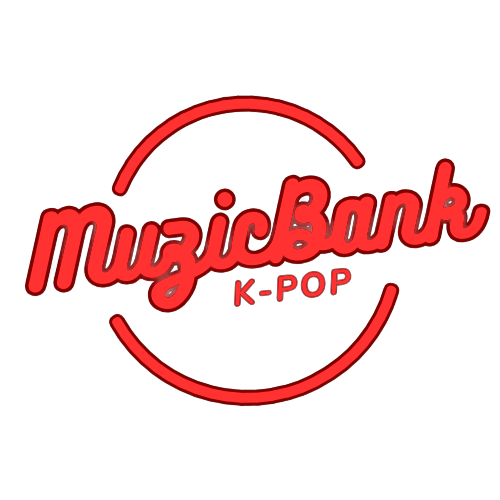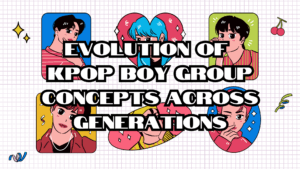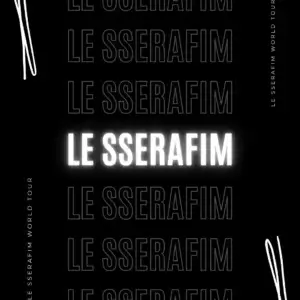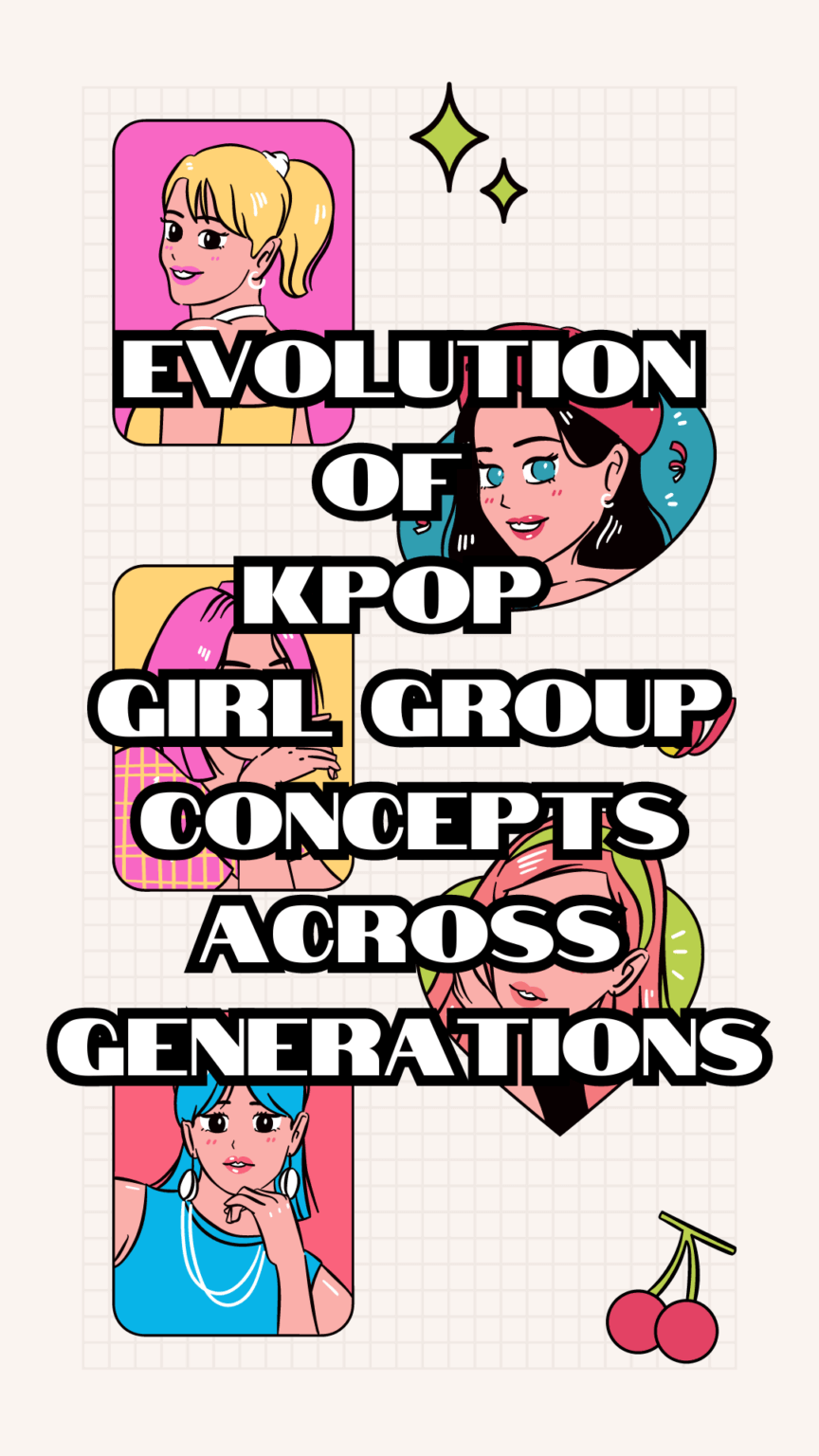
K-pop girl groups have undergone a remarkable evolution from the 1st to the 4th generation. This transformation is not only evident in their music but also in their overall concept and image. Over the years, these groups have skillfully adapted to the shifting cultural landscape, demonstrating a keen ability to reflect the changing times through their music and visuals.
In this article, we will delve into this fascinating journey, highlighting the growth and adaptation of K-pop girl groups as they navigated through different generations, providing insights into how they remained relevant and influential in the dynamic world of music and entertainment.
First Generation Kpop girl group concepts (late 1990s - early 2000s)
The first generation of K-pop girl groups marked a significant era in the industry’s history. Debuting in the late 1990s and early 2000s, these groups were characterized by a music style that prioritized a pure and feminine image. They embraced a concept that emphasized “cuteness” and “innocence,” capturing the hearts of fans during their youth. One of the iconic groups of this generation was SES, whose sweet and wholesome image resonated with a wide audience. They often wore matching outfits, employed synchronized choreography, and delivered songs with lyrics centered around themes of love and romance. This approach not only endeared them to South Korean fans but also garnered international attention.
Furthermore, the first-generation girl groups relied heavily on traditional media platforms such as television and radio to promote their music. The absence of social media and streaming services at the time meant that their reach was primarily limited to domestic audiences. Despite these limitations, they laid the foundation for future generations by establishing the concept of the girl group as a staple in K-pop culture.
As the years went by and the music industry evolved, the first-generation girl groups left an indelible mark on K-pop. Their emphasis on purity and innocence set a precedent, which was later challenged and redefined by subsequent generations. While they may have faded from the spotlight, their influence on the genre remains undeniable, as the K-pop landscape continued to evolve with each passing generation.
– Fin.K.L
– S.E.S.
– Baby V.O.X
– Jewelry
– M.I.L.K
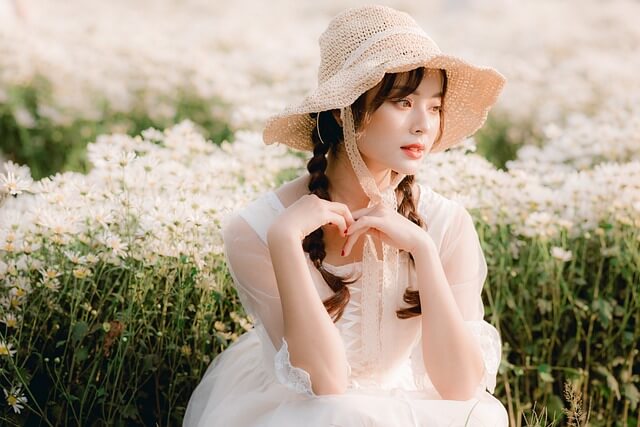
Second Generation Kpop girl group concepts (mid 2000's - early 2010's)
The second generation of K-pop girl groups, which emerged in the mid-2000s and extended into the early 2010s, brought a transformative shift in the industry. These groups departed from the innocence and purity of their predecessors, embracing a mature and daring concept. This era introduced the concept of “girl crush” to K-pop, characterized by confident, empowered, and edgy personas that exhibited a stark departure from the previous generation’s image.
One of the defining groups of this era was Girls’ Generation (also known as SNSD). They epitomized the transition, showcasing a blend of elegance and strength in their music and performances. Their hit songs like “The Boys” and “Run Devil Run” exemplified the newfound confidence and assertiveness that marked the second generation. Their style was often accompanied by sleek choreography and bold fashion choices, creating a captivating fusion of sophistication and charisma.
The second-generation girl groups not only diversified the K-pop landscape but also expanded its global reach. Their music and videos were more readily accessible through the growing prevalence of online platforms and social media, allowing them to cultivate a broader international fanbase. This era marked a crucial evolution in the genre, illustrating how K-pop girl groups continually adapted to changing cultural dynamics, further solidifying their position as trendsetters in the world of music and entertainment.
– Girls’ Generation (SNSD)
– Wonder Girls
– KARA
– 2NE1
– T-ara
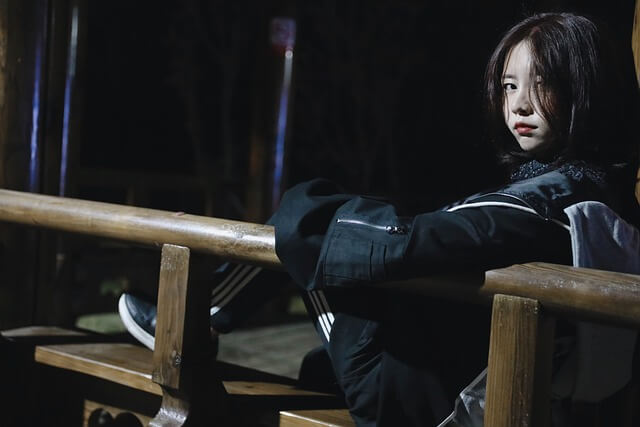
Third Generation Kpop girl group concepts (mid 2010's - late 2010's)
The third generation of K-pop girl groups, which emerged around the mid-2010s, ushered in a period of experimentation and diversity within the genre. This era was characterized by an exploration of various concepts and a strong focus on empowering messages that emphasized the self-esteem and self-love of women. These groups sought to break away from the traditional mold, showcasing versatility in both their music and imagery.
One of the most notable aspects of the third generation was the multifaceted nature of the concepts they presented. Groups like Red Velvet, with their “Red” and “Velvet” dual concept, exemplified this trend. The “Red” side featured lively and upbeat songs with vibrant visuals, while the “Velvet” side delved into more mature and sultry themes. This duality allowed them to cater to a wide range of tastes and moods.
Moreover, third-generation girl groups often used their music to convey important messages about self-acceptance, female empowerment, and breaking societal norms. Songs like TWICE’s “Fancy” and BLACKPINK’s “Kill This Love” encapsulated these themes, promoting self-confidence and resilience. These groups used their influence to inspire and uplift their predominantly young female fanbase.
In addition to their musical versatility, the third-generation girl groups benefited from the rapid globalization of K-pop. The widespread availability of streaming platforms and social media allowed them to connect with fans worldwide, fostering a global K-pop phenomenon.
In summary, the third generation of K-pop girl groups marked a period of creativity, experimentation, and empowerment. They not only diversified the genre with their eclectic concepts but also used their music to send meaningful messages that resonated with a generation of fans seeking self-expression and empowerment.
– TWICE
– Red Velvet
– Blackpink
– Mamamoo
– GFRIEND
– Oh My Girl

Fourth Generation Kpop girl group concepts (2020's - present)
The fourth generation of K-pop girl groups, which has emerged in the late 2010s and continues into the 2020s, represents a profound shift in the industry’s approach to concepts and identity. This generation is defined by its resolute pursuit of concepts that transcend traditional gender stereotypes and place a strong emphasis on individuality and diversity. These groups are at the forefront of challenging norms and celebrating uniqueness through their distinctive music and imagery.
One of the hallmark features of the fourth generation is the dismantling of rigid gender roles within their concepts. Many girl groups of this era have ventured into genres and styles that were once considered more masculine, blurring the lines between traditional definitions of femininity and masculinity. Groups like (G)I-DLE and ITZY, for example, have embraced bold and assertive concepts that highlight self-expression and confidence.
Moreover, the fourth generation places a strong emphasis on individuality within the group dynamic. While teamwork remains essential, members are encouraged to express their personalities and unique talents more freely. This leads to a diverse array of skills and styles within each group, allowing fans to connect with individual members on a deeper level.
The fourth generation also benefits from the continued globalization of K-pop, with groups garnering international recognition through their music and online presence. Social media has become a powerful tool for these girl groups to communicate directly with fans worldwide, creating a more inclusive and global K-pop community.
In summary, the fourth generation of K-pop girl groups is defined by their commitment to breaking down gender stereotypes, embracing diversity, and celebrating individuality. Their music and imagery reflect a changing cultural landscape, where the emphasis is on self-expression and empowerment, resonating with a new generation of fans who value authenticity and inclusivity in their idols.
– ITZY
– (G)I-DLE
– aespa
– STAYC
– New Jeans

Conclusion
